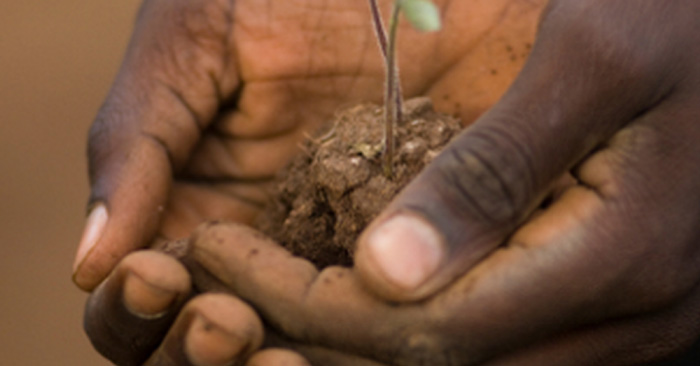Otto fattori chiave per il futuro dell’irrigazione in Spagna, secondo il rapporto dell’Ufficio C
L’Office C agisce come un ponte tra la comunità scientifica e i decisori politici. Il suo ruolo consiste nell’ascoltare gli esperti, analizzare studi su questioni rilevanti — come il clima, l’acqua o i parassiti — e trasmettere queste informazioni ai Deputati attraverso sintesi chiare e accessibili. L’obiettivo è che l’elaborazione delle leggi tenga conto delle…


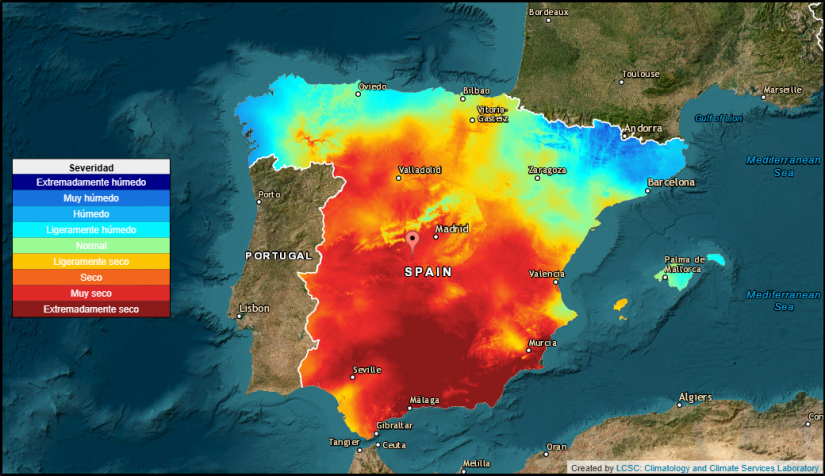
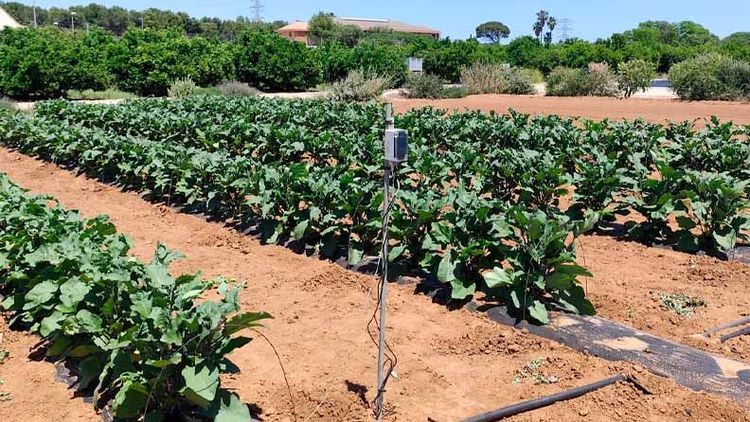
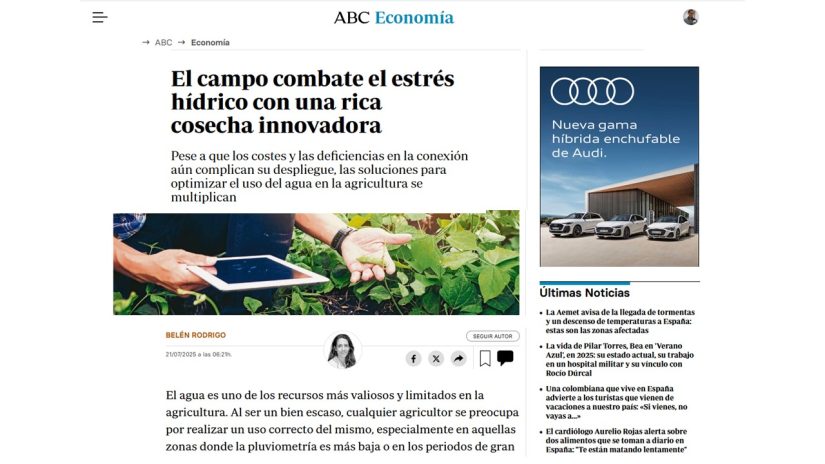
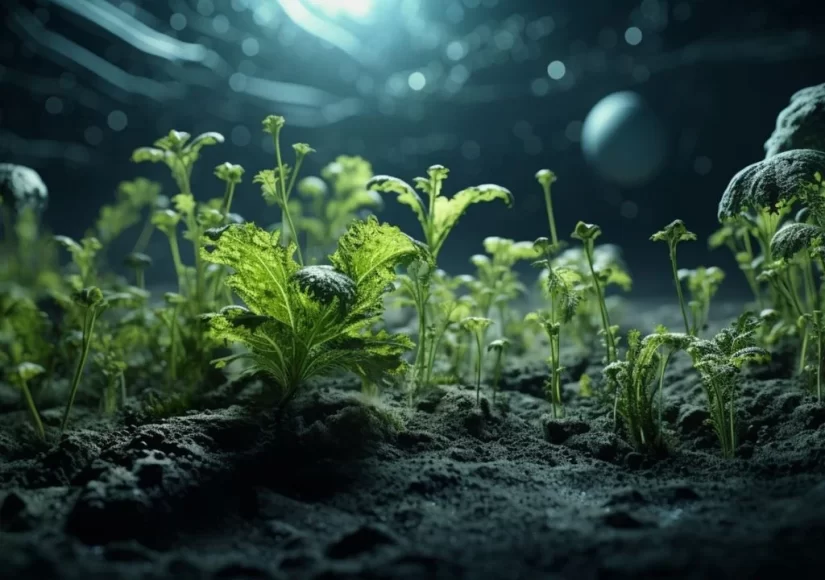
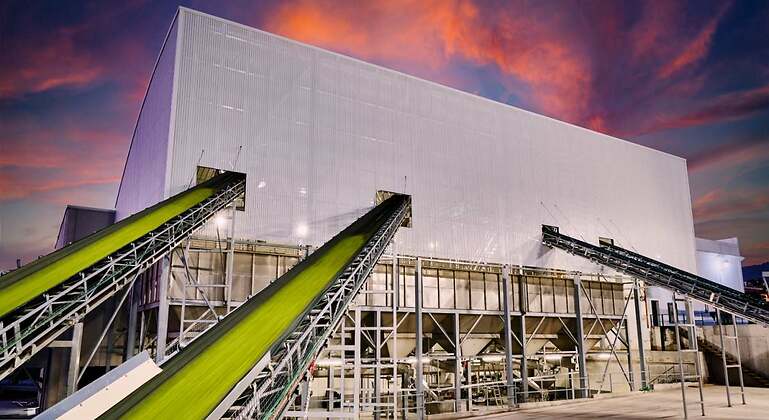
![BrioAgros-pitch-Winner-in-the-World-Congress-of-Angel-Investors-2020-1024×528[1]](https://brioagro.com/wp-content/uploads/2020/12/BrioAgros-pitch-Winner-in-the-World-Congress-of-Angel-Investors-2020-1024x5281-1-825x425.jpg)
